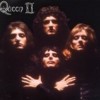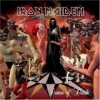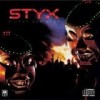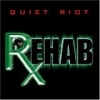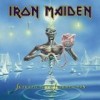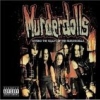13 Nights of Hallowe'en 2010: Night #5 White Noise
It's the weekend before the big night, eight days yet to go. Tonight we have White Noise starring Michael Keaton as a

I think it says something that I'm considering double dipping over the problem that ended with me ordering the wrong version. It might be an easy answer if I start in with Blu-Ray--I haven't even considered the switch yet. White Noise puts me in mind of couple other films in pieces, a matter of mood, and of cinematography rather than plot or events per se. It has a sort of The Mothman Prophecies vibe and some of the scenes have the kind of visual feel that was present in the remake of the TV series Night Stalker (2005) starring Stuart Townsend. There is also some comparison to be made to The Sixth Sense--no not like that. I find it a little amusing that after all this time Keaton becomes involved in a movie about ghosts where he has to deal the repercussions of their existence such a long time after he played one of the most famous ghosts of cinema, Beetlejuice.
Mood: leery.
Music: Haunted
Labels: cinematography, consequences, EVP, ghosts, Halloween, horror, Michael Keaton, mood, Mothman Prophesies, movies, Night Stalker(2005), Stuart Townsend, thirteen, TV channels, White Noise








